The best part of travel is trying the heartwarming regional flavors of locally-grown and consumed food
One autumn tradition in Yamagata is holding imonikai parties in which imoni stew is cooked and eaten by the riverside. The Dongara-jiru soup, dashi, and tama-konnyaku (konnyaku balls on a stick) have nostalgic, rustically simple flavors. You should also take notice of the local ramen noodles, which are said to be the most eaten in Japan, as well as the soba noodle restaurants that line the Sandai Soba Kaido road.
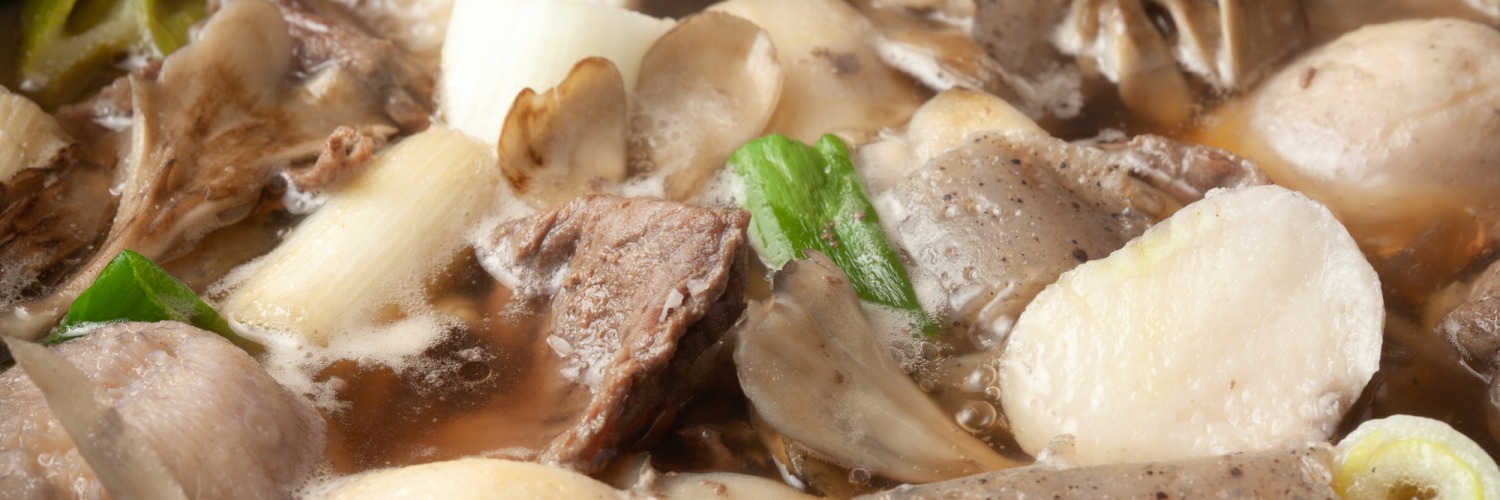
Soba buckwheat noodles that release their rustic flavor the more you chew
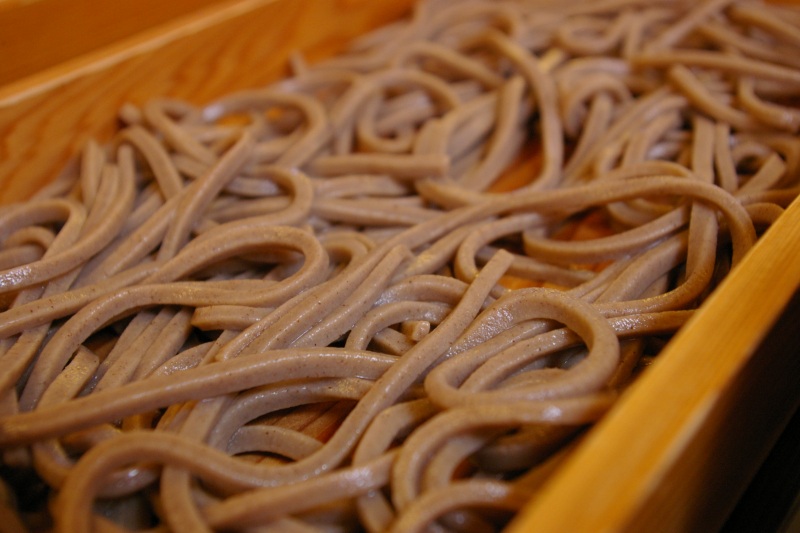
Yamagata's soba is generally a little harder, thicker, and chewier than Shinshu soba. Pitch-black, slightly thicker noodles are favored.
Yamagata is also home to the "Yamagata Sandai Soba Kaido," which are roads filled with soba restaurants that are irresistible to soba fans. Enjoy this "holy land" of soba to the fullest by visiting famous restaurants to compare their food and participating in a soba-making experience.
Warm up with Dongara-jiru, a popular winter soup in the Shonai area!
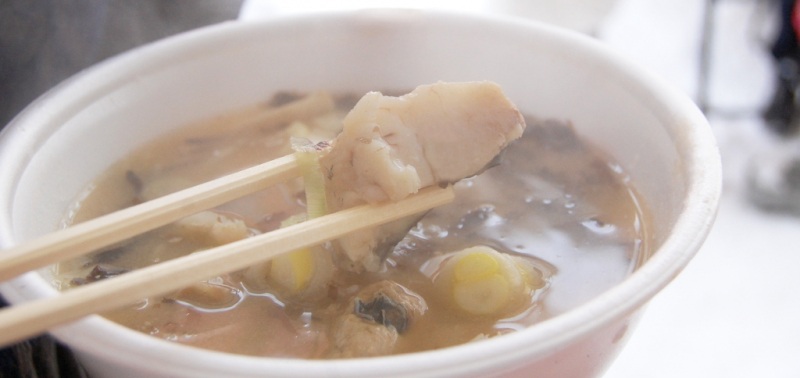
Dongara-jiru is a regional dish made with winter cod, and it is familiar as a winter delicacy in the Shonai area.
It is said that there is no part of the winter cod that is discarded. Every part of the fish, from the head to the tail, is used. The meat is chopped into pieces with all the bones, and even the internal organs are heartily stewed in the pot. The melt-in-your-mouth sweetness of the liver, the fattiest part, is indescribable.
Refreshing to the throat. Chilled ramen is perfect for hot days
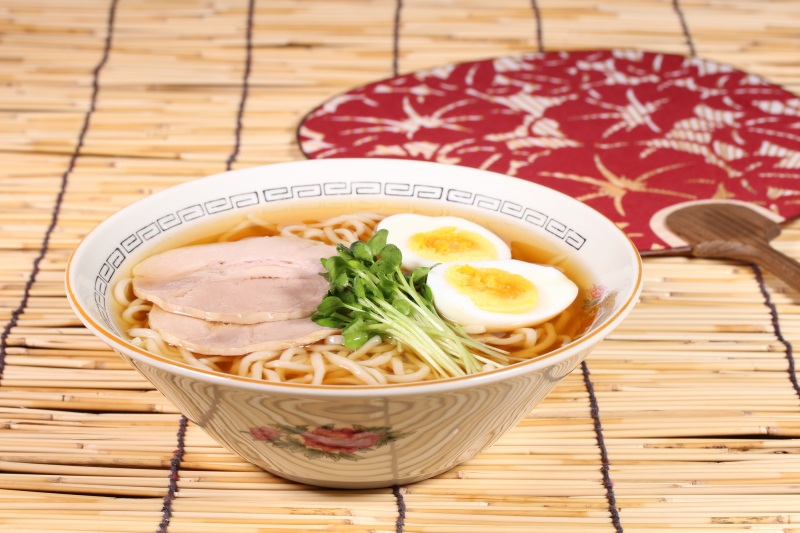
Yamagata Prefecture has many local ramen varieties, and is said to have the highest ramen consumption in Japan. It is one of the most prominent ramen hot spots in Japan.
Among local ramen varieties, chilled ramen is a famous regional specialty in Yamagata. As the name implies, both the noodles and the soup are cold, and are sometimes even served with ice. There is generally plenty of soy sauce-flavored soup that coats the noodles well. The ramen has a refreshing and invigorating flavor.
The perfect pairing: Japanese sake and Sakata's French cuisine
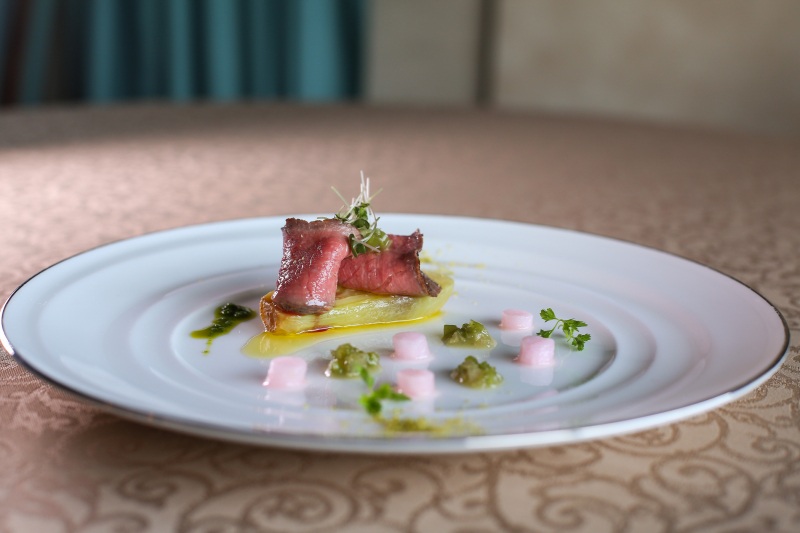
Sakata City is known for its French cuisine. You can enjoy pairings of Japanese sake and French cuisine only available in Yamagata, a producer of abundant varieties of unique sake. Choose junmai or ginjo sake to complement your main dish, and unfiltered sake with a gentle sweetness to pair with your dessert.
Enjoy excellent "Tsuruoka Italian" cuisine that incorporates the colors of the mountains, sea, countryside, and fields
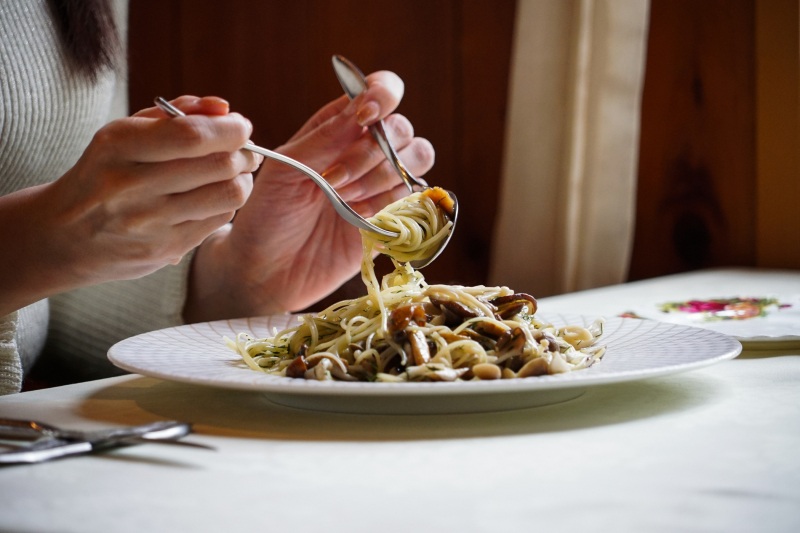
Surrounded by the sea and mountains, the Shonai area is a treasure trove of foods rich with traditional vegetables and seafood from the Sea of Japan.
While Sakata City is famous for its French cuisine, in Tsuruoka City you can savor "Tsuruoka Italian," creative cuisine that makes the most of seafood from Shonai Beach and seasonal vegetables from the Shonai Plain. Enjoy the natural aromas and flavors of the ingredients.
Dashi is a summer dish from the Murayama area that heartily complements rice!
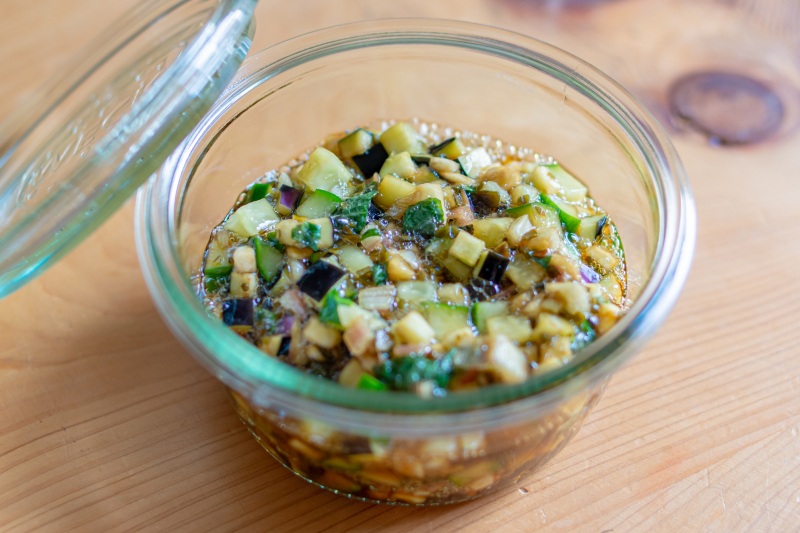
Dashi, a regional dish from the Murayama area, which is surrounded by mountains and has extremely hot summers, is a versatile dish that is easy and quick to prepare.
Summer vegetables such as cucumbers, eggplants, myoga ginger, green perilla, green onion, ginger, and okra are finely chopped and seasoned with soy sauce and bonito flakes.
It is good to eat over hot rice when you have little appetite. It is an appetizing, simple dish that can be added to the soups of somen and soba noodles as a condiment, on cold tofu, or as a snack with sake.
The absorbed taste is delicious! Tama-konnyaku is loved by men and women of all ages
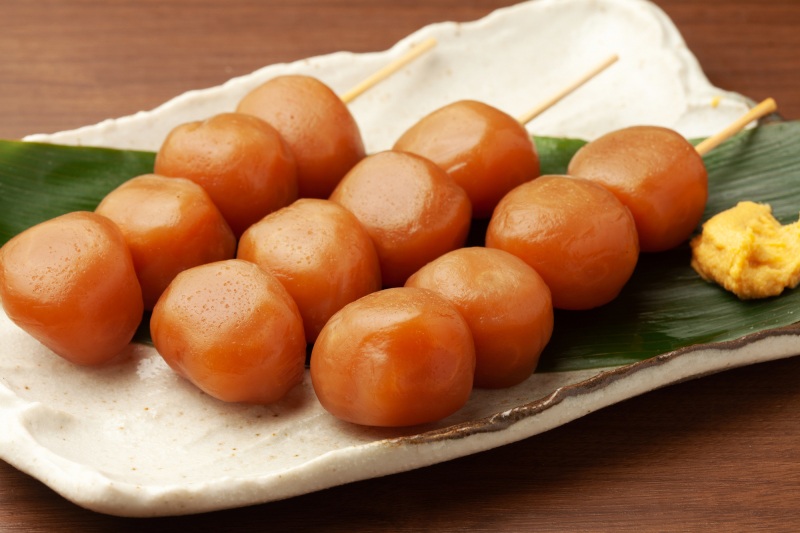
Tama-konnyaku (konnyaku balls on skewers), nicknamed "Tamakon," is a soul food of the people of Yamagata Prefecture.
It is sold on skewers at tourist spots, areas where cherry blossom picnics are held, events, and festivals. The konnyaku is soaked in dashi soy sauce and topped with karashi mustard.
Tama-konnyaku is sold at restaurants and stalls around Yamadera Temple. It is popular among tourists as "Chikara Konnyaku" (power konnyaku) that is eaten before climbing the 1,015 steps leading to the main building of the temple!
Dadacha-mame, a traditional vegetable of Tsuruoka City with addictive floury sweetness
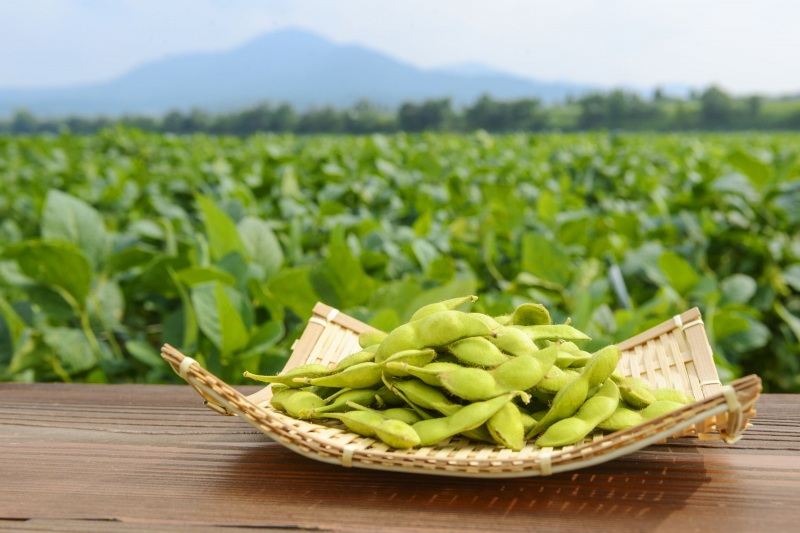
Dadacha-mame is a nationally famous brand of edamame beans grown in parts of Tsuruoka City.
From the time the edamame are boiled, a sweet aroma wafts through the air. As soon as you put them in your mouth, the sweetness spreads, and you taste exquisite richness the more you chew. Once you start eating them, you'll surely be hooked.
Dadacha-mame are harvested from late July to early September. They are most popular around mid to late August, when the harvest is at its peak.
Try comparing Niku Soba (soba noodles with meat) and Niku Chuka (ramen with meat)
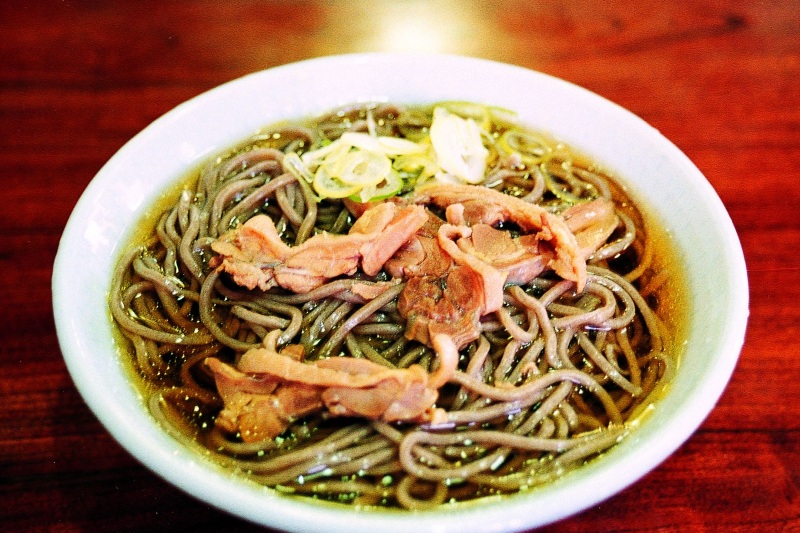
Niku Soba, which is said to have originated in Kahoku Town, is a popular dish in Yamagata that is cheap and delicious. The broth is soy sauce flavored, and the toppings are simple with just chicken and green onion.
There is also a local ramen variety known as Niku Chuka, which is topped with meat from chickens that have laid eggs and uses ramen noodles instead of soba noodles. It is available cold or hot, so why don't you find the one you like best? There are also restaurants where you can compare Niku Soba and Niku Chuka.
Beloved by the people of Yamagata, Imoni stew has different special recipes depending on the area
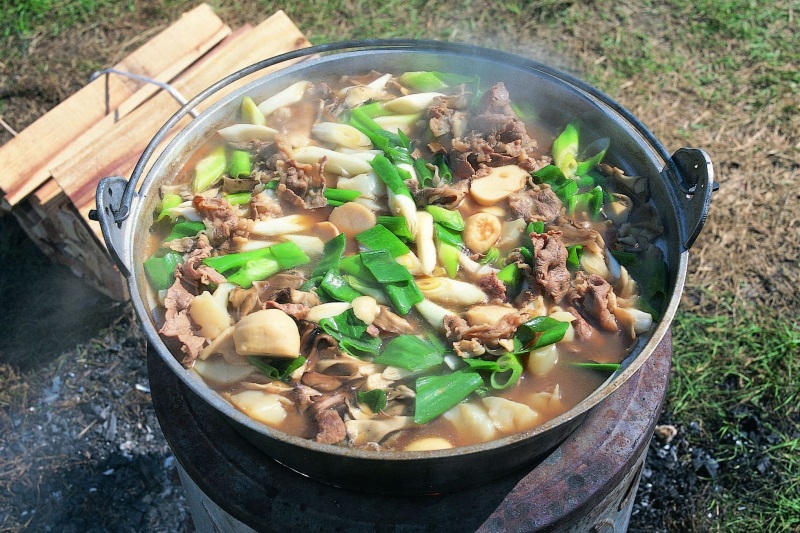
Imoni is a popular autumn dish in Yamagata. This autumn stew is packed with Yamagata's seasonal ingredients such as satoimo taro root, green onion, mushrooms, burdock root, and beef.
The seasoning and ingredients differ from region to region. They reflect the topography of each area. Imoni is flavored with pork and miso in the Shonai area, with beef and soy sauce flavor in the Okitama and Murayama areas, and with pork and soy sauce in the Mogami area.